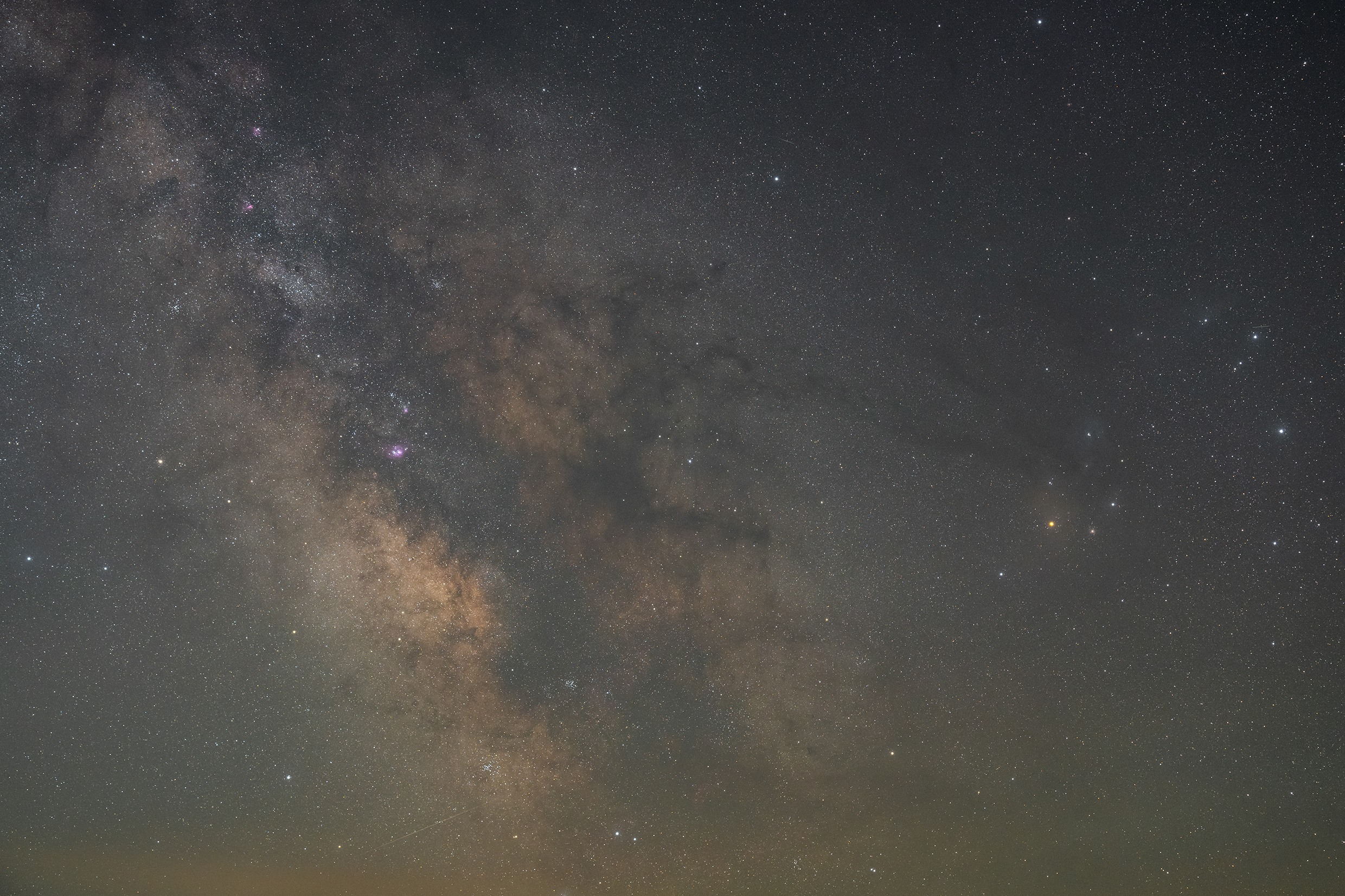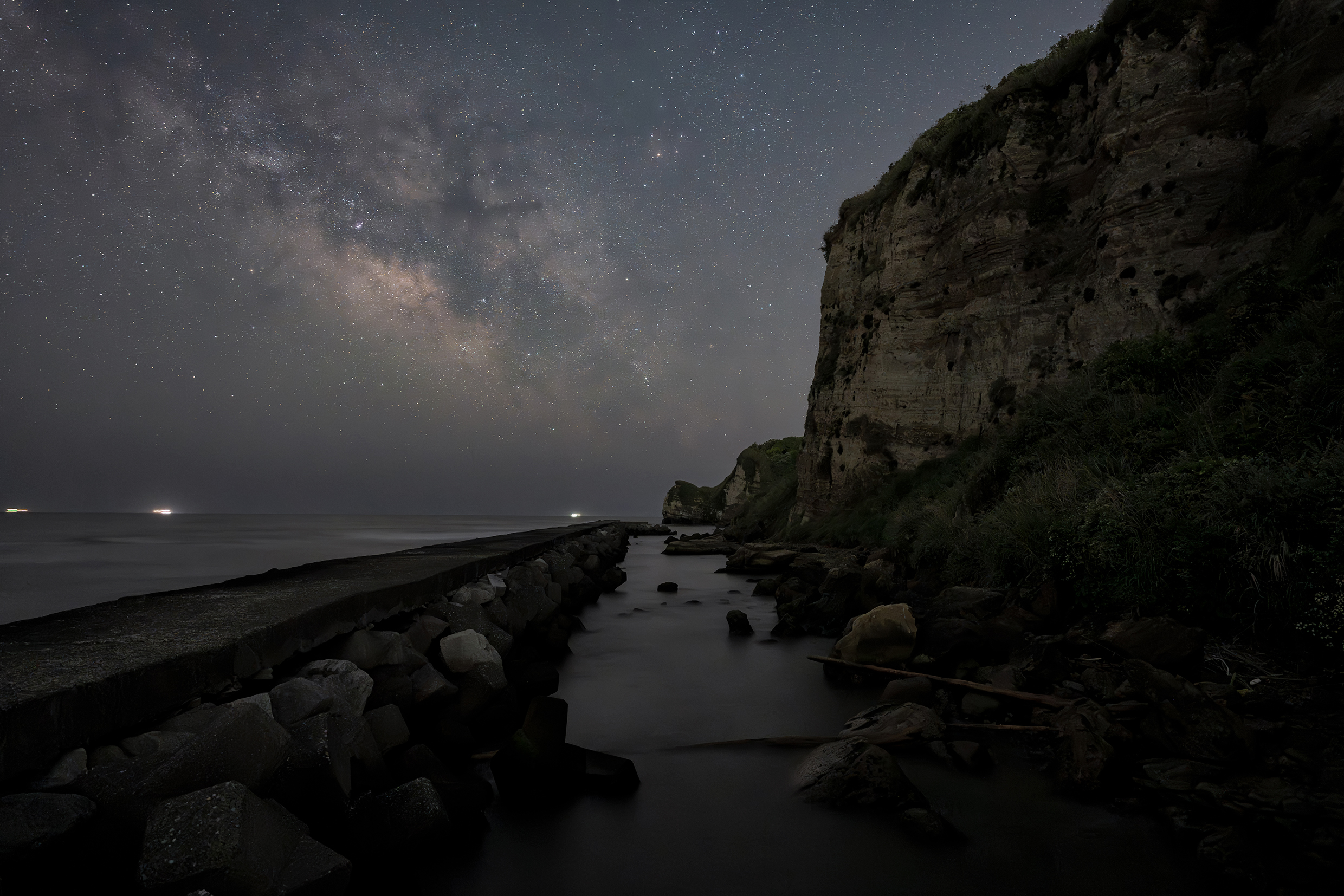
2025-05-27
Exploring the Night Sky with Astro Focus Lock

Exploring the Night Sky with Astro Focus Lock
The New TAMRON Lens Utility Feature for Tackling Astrophotography Challenges
Discover the brilliance of the night sky with Astro Focus Lock – a groundbreaking feature in the TAMRON Lens Utility™ that solves the most common focusing challenges in astrophotography.

The three fundamentals of photography are focus, exposure, and composition. If you get the first two right, you’ll usually end up with a photo that works. But when it comes to astrophotography – capturing the vast beauty of the starry sky – achieving proper focus and exposure becomes a real challenge. Many photographers struggle with these aspects, especially when using different lenses under varying shooting conditions. As a YouTuber, I’ve been asked countless times how to fix focusing issues in night sky photography – but I never had a perfect solution. That changed when TAMRON introduced a feature that might just be the answer we’ve all been looking for: Astro FC-L (Astro Focus Lock), a powerful new addition to the TAMRON Lens Utility™.

In astrophotography, the typical approach to achieving proper focus involves magnifying a bright point of light – such as a star or distant streetlight – and manually adjusting the focus until that light appears as small and sharp as possible. While that sounds simple in theory, it’s much more challenging in practice. In complete darkness, it can be hard to see anything clearly on the LCD screen. Factors like varying eyesight, ambient temperature, and humidity can further affect focusing accuracy. Many photographers know the frustration of nailing the focus at the beginning of a shoot, only to discover later – back home, reviewing their images – that many of their shots turned out slightly out of focus. And the difficulty increases when shooting with standard or telephoto lenses rather than wide-angle ones. Touching the focus ring can introduce camera shake, making precision even harder. In some cases, there might not be any bright stars within the frame to use as a reference point for focusing at all.

The North America Nebula
While astrophotography often relies on heavy post-processing, only moderate adjustments have been applied here to better highlight the lens’s true optical performance.
One of the most effective ways to overcome common astrophotography focusing issues is the new Astro FC-L feature, introduced in this article as part of the TAMRON Lens Utility™. Every lens has a specific point where it reaches true optical infinity – referred to as its optical infinity focus. The Astro FC-L function takes advantage of this by allowing TAMRON lenses with a USB-C port to be precisely focused to that point with just a tap. When connected to a computer or Android device, the lens is automatically recognized and can be instantly focused to optical infinity via the application. The mobile version is especially convenient: simply connect your lens to an Android phone using a USB cable, tap [Astro FC-L], and the lens adjusts itself immediately. After that, all that’s left to do is set your exposure and press the shutter. The first time I tried it, I was genuinely impressed by how quick and intuitive the process was.

If your lens features a Focus Set Button, you can assign it to activate the Astro FC-L function. This allows you to focus the lens to its optical infinity point even without using an Android smartphone – making the process even more streamlined when shooting in the field.

Milky Way Core Near the “Bambi’s Profile” Asterism
I refer to optical infinity as the designed infinity focus point because, in reality, the position of infinity can shift depending on shooting conditions. Modern lenses are equipped with vibration compensation and autofocus systems, which involve internal lens elements that move as part of their operation. When temperatures drop or humidity rises quickly, these internal elements can shift slightly due to material properties or the lens’s optical design – causing changes in the actual focus point. I’ve personally experienced situations where a lens failed to focus to true optical infinity at just 1 °C (33.8 °F).
With Astro FC-L, such challenges are much easier to manage. Even under changing conditions, fine adjustments can be made directly within the application. Once [Astro FC-L] is disengaged, manual focus adjustments are still available through the app.
As shown in the image below, the larger ring on the left controls major focus changes, while the smaller ring on the right allows for precise, fine-tuned adjustments. Pinching the fine adjustment area magnifies the image, enabling an even more accurate focus. The ability to adjust focus remotely, without physically touching the lens during outdoor shoots, is – in my opinion – a truly revolutionary development for astrophotographers.

In astrophotography, soft filters are sometimes used to give stars a more glamorous appearance by slightly enlarging and diffusing the points of light. While this creates a beautiful effect, it’s another factor that can be influenced by air temperature and humidity. During a recent shoot at around 6 °C (42.8 °F), I was still able to adjust the focus to optical infinity without any issues. However, as mentioned earlier, the focal point can shift depending on environmental conditions. For that reason, I recommend regularly checking your focus throughout the shoot to ensure that your images remain sharp and clear.

With just a single tap, the Astro FC-L function makes it easy to achieve sharp focus on the starry sky – every time. Even when using a lens heater, you can adjust the focus without ever touching the lens itself. This simple, hands-free operation is especially helpful during cold or long exposure sessions where stability is essential.

Hands-On with the New Astro FC-L in TAMRON Lens Utility™
Achieving perfect focus has long been a challenge for many photographers passionate about capturing starry skies. I believe that Astro FC-L, available through the TAMRON Lens Utility™, offers a practical solution to this common problem. I encourage everyone interested in astrophotography to explore this innovative feature – and take on the rewarding challenge of photographing the stars with greater confidence and precision.
TAMRON products mentioned in this article
20-40mm F/2.8 Di III VXD
Modelis A062
28-75mm F/2.8 Di III VXD G2
Modelis A063
35-150mm F/2-2.8 Di III VXD
Modelis A058
